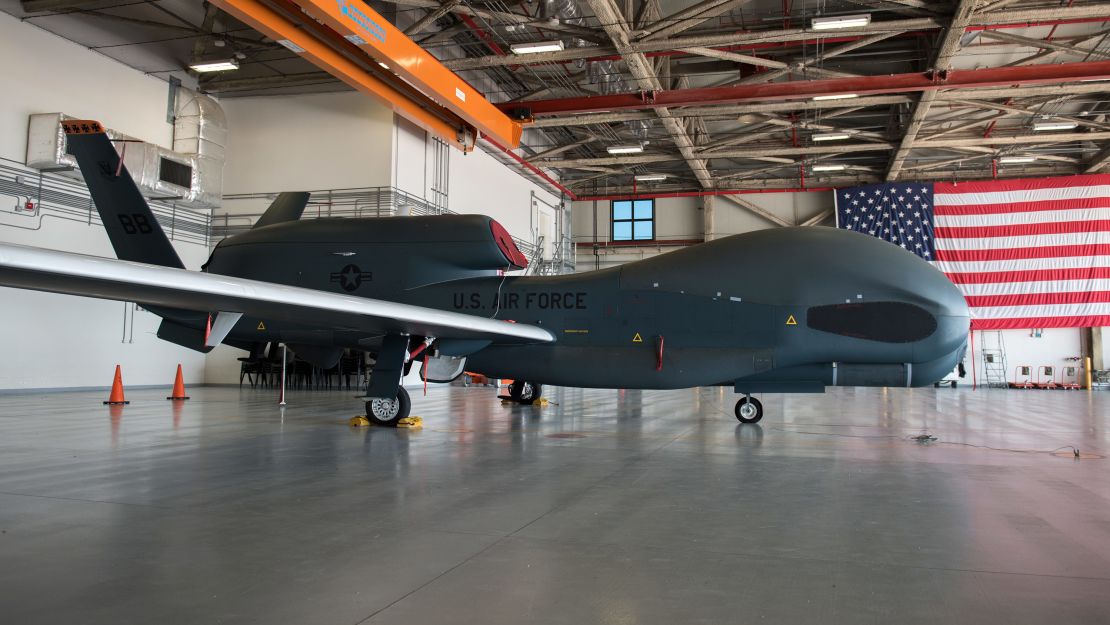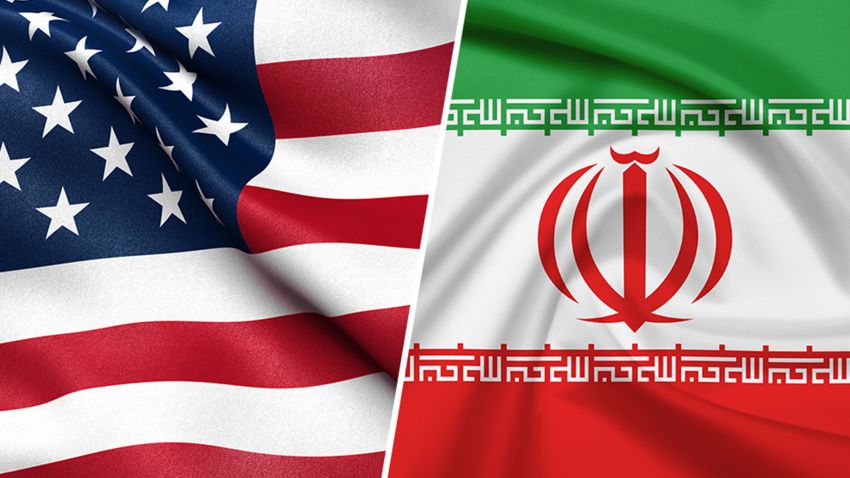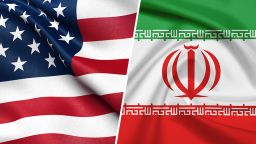The US military drone shot down by Iran today was an RQ-4A Global Hawk, US Central Command said in a statement Thursday.
“This was an unprovoked attack on a U.S. surveillance asset in international airspace,” Navy Capt. Bill Urban, a US Central Command spokesman, said in a statement.
Urban identified the drone as a RQ-4A Global Hawk, adding the craft “provides real-time intelligence, surveillance and reconnaissance missions (ISR) over vast ocean and coastal regions.”
A US Navy official tells CNN that the approximate cost of the RQ-4A Global Hawk drone is $110 million.
Global Hawks have amassed more than 250,000 flight hours since 2001 and have flown in support of US missions in Iraq, Afghanistan, North Africa and the Asia-Pacific region, according to its developer, the US national security contractor Northrop Grumman.
The RQ-4A is the original drone, which has since been modernized in the larger RQ-4B batch, as well as various other modifications. The MQ-4C Triton, which a US official had previously told CNN was the aircraft involved, is an evolution of the Global Hawk RQ-4 family.
Carrying multiple sensor payloads, the aircraft “is designed to gather near-real-time, high-resolution imagery of large areas of land in all types of weather – day or night,” Northrop says.

The aircraft bears a wingspan of 116.2ft (35.4 meters), a length of 44.4 feet (13.5 meters) and a height of 15.2 feet (4.6 meters), and is able to reach altitudes of 65,000 feet (19.8 km).
The Global Hawk can fly above inclement weather and winds, for more than 24 hours at a time.
During a single mission, it can “provide detailed intelligence, surveillance and reconnaissance information in near-real time over 40,000 square miles – approximately the size of Illinois,” Northrop adds.
The RQ-4A received its military airworthiness certificate from the US Air Force in January 2006, signifying it had earned “a proven track record of safe and reliable operations.”





